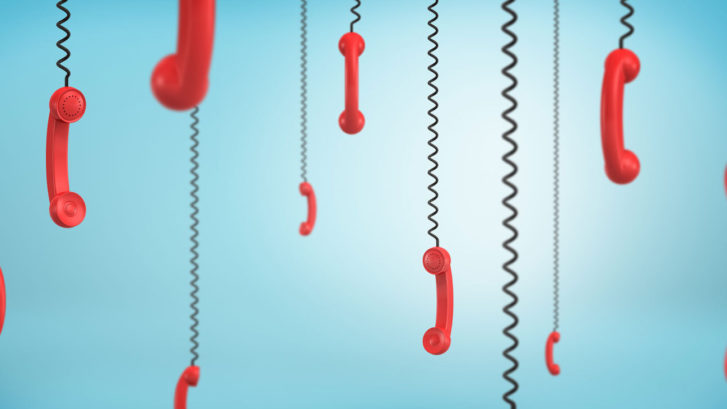As COVID cases spike and the world finds itself in dicey territory, one ray of sunshine appears to be how close we are to a vaccine. Inject everyone with it and all our problems are solved, right? Not so fast. The vaccine isn’t a cure-all because there are several obstacles in its path. How fast can it be distributed? Can it be delivered at the required temperature? How many doses can be ramped up? There are 330 million people in the United States, 7.7 billion worldwide. There are a lot of people who won’t take a vaccine because of trust issues. And it will be rolled out by priority: frontline workers, the elderly, and those with compromised immune systems first. But you can’t know how vaccinated your community is. If you travel, the same is true of the community you’re entering. In other words, precautions will still be necessary long after the FDA gives its blessing. When dealing with problems on this kind of scale, there is rarely a silver bullet solution.
The same can be said for robocall prevention.
In this article, we cover:
- The difficulty of solving widespread problems at scale.
- There is no silver bullet solution to robocalling.
- How a comprehensive plan, including YouMail, is the best path forward.
In October 2020, 4.3 billion robocalls were placed. The numbers have been steadily rising since April. The Secure Telephony Identity Revisited (STIR) and Secure Handling of Asserted information using toKENS (SHAKEN) standard, or STIR/SHAKEN, has an implementation deadline of June 30, 2021. It’s easy to think of the rampant plight of robocalling like a Ferrari doing 110 on the Autobahn, while STIR/SHAKEN is a brick wall sprawled across every lane. Wham-o! On July 1, robocalling will come to a spectacularly violent end. Great job. Everyone can go back to normal now.
Unfortunately, it’s just not going to work that way.
STIR/SHAKEN will make caller ID more reliable through standardized authentication protocols, making call spoofing much more difficult. However, lots of call types won’t be covered. Calls from land lines and certain foreign countries are likely avenues around it. Perpetrators could also get their hands on real phone numbers. We’ve already seen one such group obtain 150,000 phone numbers to place its malicious calls. As much as we’d like to tell you STIR/SHAKEN will end the problem, a silver bullet it is not.
Even Apple Struggles With Problems at Scale
Another parallel is iPhone hacking. Oftentimes, official iPhone updates include exploit fixes to stop people from hacking, or “jailbreaking,” their Apple devices. However, like clockwork, a new jailbreak exploit always comes out weeks, sometimes just days, later. There are more than 1.5 billion active Apple devices out there (iPads are also jailbreak-able). Apple is worth north of 2 trillion dollars. In other words, Apple has all the resources in the world to throw at its problem — certainly more than the U.S. government allocates to the FCC to solve the robocall problem — but the hackers still always find a way to subvert their efforts.
Now apply that same logic to a world where nearly 45 percent of the global population owns a smartphone. Further, nearly 5 billion people have a cell phone (smart or “dumb”). Add to those totals anyone with a landline or a business landline. That’s a whole Mt. Everest of robocalling opportunities we’re hoping to quell by making call spoofing more difficult.
How Do You Move Forward?
The fact is, come July 1, 2021, the beat will go on. We will make strides, but as long as there are vulnerable people to deceive and manipulate, there will be hordes of despicable, yet resourceful, criminals finding new ways to cash in. Exploitation is a chess match. The FCC will soon make its move, but without a doubt, those dark chess masters of deception will be waiting with a counter.

Until then and beyond, the most thorough way to protect yourself on the phone is with best practices that include services such as YouMail. We stop those incessant robocalls from dominating your life using a comprehensive database of millions of bad numbers and cutting-edge technology that already protects more than 350 million phone numbers. We are a trusted authority in the robocall-prevention business, having answered more than 10 billion calls and been cited by the nation’s most trusted news outlets, including the New York Times, the Wall Street Journal, and CNN.
We look forward to the forthcoming world where call spoofing is much more difficult to pull off. And we are prepared for whatever comes next.





